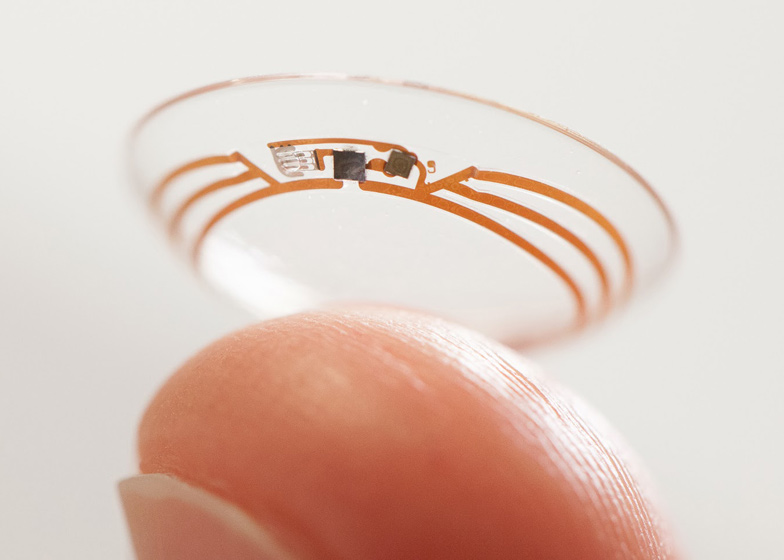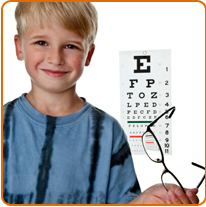Eyes aren’t exempt from the wear and tear of ageing. And some age-related changes, like trouble focusing on close objects or thinning eyelashes, are annoying but not serious. Whether you’re the primary caregiver for an aging parent, frequently check up on their health care needs or watch from afar, knowing how to care for your parent’s eyes will help you all see clear to better health. In addition to reminding mom or dad (or accompanying them) to go to the eye doctor, here are some issues and warning signs you should be on the lookout for:
Change in iris color
Crossed eyes
Dark spot in the center of your field of vision
Difficulty focusing on near or distant objects
Double vision
Dry eyes with itching or burning
Episodes of cloudy vision
Excess discharge or tearing
Eye pain
Floaters or flashers
Growing bump on the eyelid
Halos (colored circles around lights) or glare
Hazy or blurred vision
Inability to close an eyelid
Loss of peripheral vision
Redness around the eye
Spots in your field of vision
Sudden loss of vision
Trouble adjusting to dark rooms
Unusual sensitivity to light or glare
Veil obstructing vision
Wavy or crooked appearance to straight lines
A routine vision test is critical to maintaining eye health—but that might not be enough. “Everyone with hypertension, diabetes, or over age 65 should have a yearly comprehensive eye exam,” says ophthalmologist Christopher Zieker, MD, in Saratoga Springs, NY.
“If there is any family history of macular degeneration or glaucoma, a yearly dilated exam should be performed despite how good you or they may think their vision is. Many eye diseases do not affect vision until the late stages of the condition,” says Zieker.
A balanced diet, optimum health with regular medical exams, and good UV protection (sunglasses) are all also important to help maintain eye health, says Zieker.
Dry eye syndrome
It’s estimated that up to four million people in the United States live with dry eye syndrome, a condition that results from a lack of naturally produced tears. This leaves eyes feeling irritated, sticky, dry, or gritty and the lens of the eye can become less elastic.
First line treatment involves lubricating drops, but much more can be done once the cause is diagnosed, says Barry M. Kay, O.D., an optometrist in Hollywood, Florida. “Talk to your parent’s doctor about omega-3 supplements, as they seem to help many patients with dry eyes.”

Cataracts
“Older adults develop cataracts, which is the natural lens in the eye becoming cloudy,” says Dr. Kay.
Dr. Kay says early cataracts typically causes increased glare and may cause complaints like “I can’t seem to get my glasses clean enough.” Changing the eyeglass prescription improves the vision in the beginning, eventually the cloudy internal lens of the eye needs to be replaced surgically.
Most people acclimate, making small adjustments in their daily lives, until they become too frustrated with their vision, and finally seek help. “But if you spot ‘small’ things like your parents changing their glasses or experiencing sensitivity to light, suggest they have an eye exam,” says Dr. Kay.
Age-Related Macular Degeneration
Age-related macular degeneration (or AMD) is the leading cause of vision loss in people 60 and up. The disease destroys the sharp, central vision and prohibits daily activities like driving and reading, says Dr. Kay.
Early warning signs are blurry or ‘distorted’ vision or words appearing slightly doubled when trying to read. “Most forms have a mild to moderate effect on our ability to see details and are best managed with good nutrition and special supplements,” says Dr. Kay. The more severe form (called wet AMD) can be managed with special injections by a retinal specialist.
Glaucoma
This disease damage’s the eye’s optic nerve and has been called the silent thief of sight as there typically are no symptoms. Vision loss typically starts peripherally and destroys most of the usable vision in an eye before the affected individual becomes aware, says Dr. Kay. Fortunately, most cases are easily managed with special eye drops when caught early.











